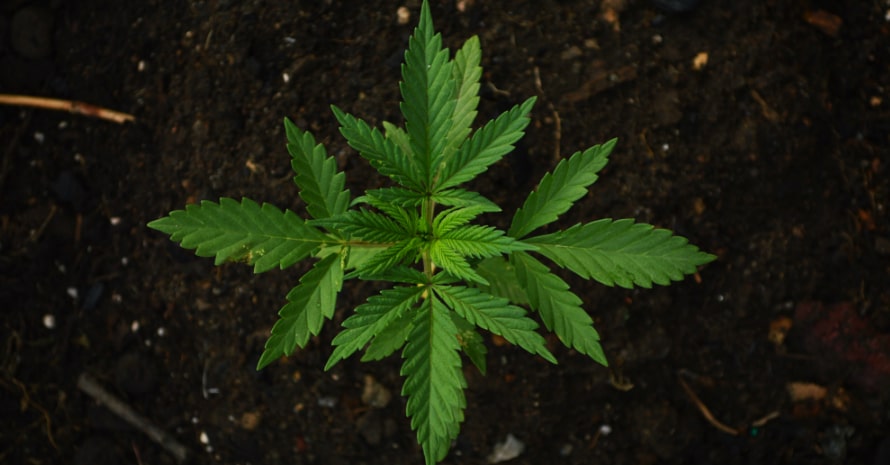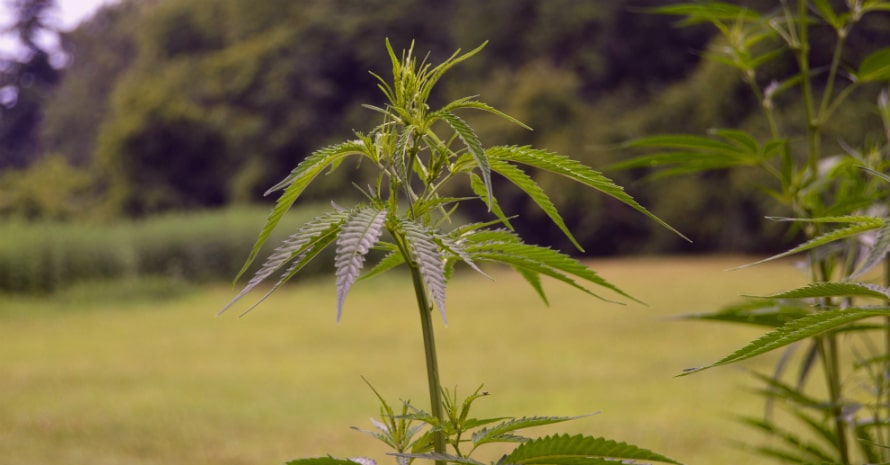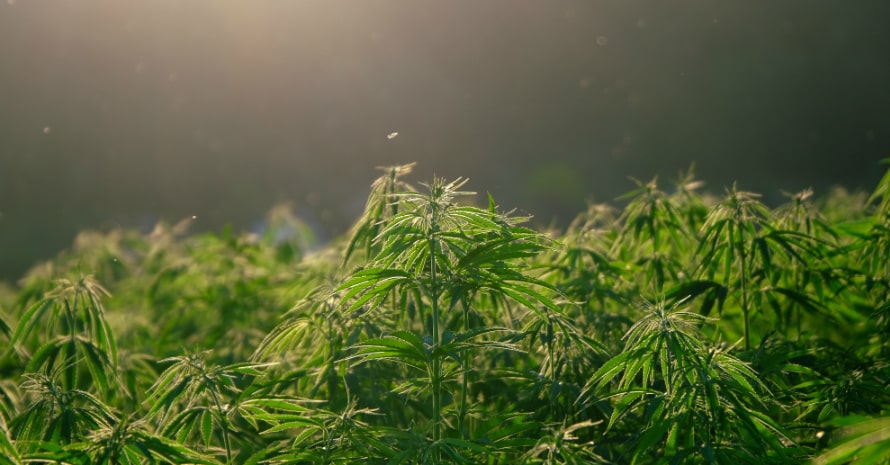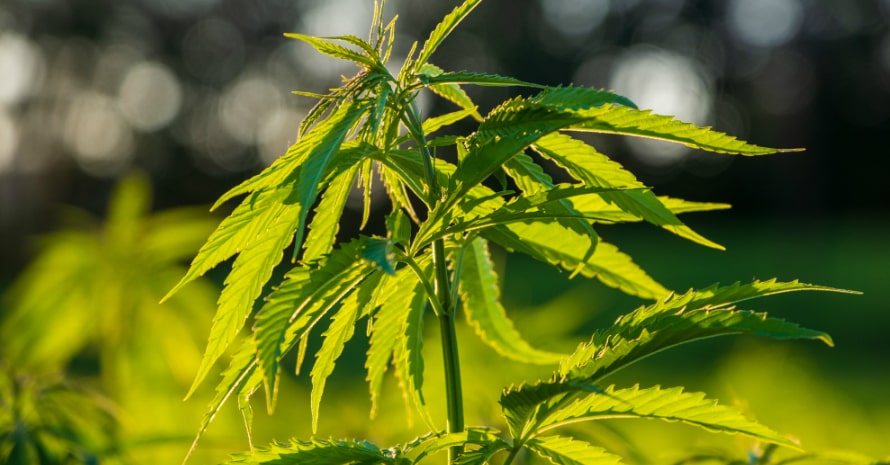
How Long Does It Take to Grow Weed? Dr. Greenthumb to the Rescue!
So, you finally decided to go independent and grow some good weed for yourself. Now it’s a sort of farming, not a crime. While some things come and go (or are you still mining Bitcoin?), some values are eternal. If you grow your weed yourself, it provides you with both THC and experience.
In addition, given that the products have become legal quite recently and the FDA isn’t yet certain about marijuana products it had to certify, there are many advantages in growing as an independent act — almost an act of independence.
But how long does it take to grow weed? It will take some patience. Maybe Snoop Dogg will release an album the day you start planting and the next one on harvest day, without any haste. Indoor or outdoor, it takes months to grow and moments to decide.
There are both general factors of plant-growing and impacts that can make it grow and develop faster or slower. Let’s look at both sides and decide how to become an efficient grower.
Guide and FAQ
Contents
If you’re into home growing and confident enough to make it better than everyone else, here are some instructions on growing weed. The parts you need (as you might know) are the buds. Their recognizable shape has become iconic, so you will recognize them as soon as they appear on the branches. Here are more details on how you can get your plant flowering in the most efficient way.
How does weed grow?
In general, the weed-growing timeline resembles that of other plants. It takes phases like germinating, vegetation, and flowering. Each of these phases has some specifics you have to take into consideration when planning your farmership.
Cannabis growth timeline
As cannabis is primarily just a plant (regardless of how much you adore it), the cannabis growth timeline is quite generic in terms of botany. It takes from 4 to 8 weeks (indoors) or 12-20 weeks (outdoors) to go from a little seed to a full-grown plant with the buds you want to collect.
First, you need to germinate the seed and see it let out a sprout. Second, the seed should be taken to the soil. Then take care of it, water it, fertilize it (bet you couldn’t help singing it as I did), and watch the buds appear. When they are grown enough, cut the plant and dry it. After curing, the product is ready.
How long does weed take to grow through all this? Get yourself together; it’s a work of months. More than that, experts cannot tell exactly how long it’s gonna take – only approximately.
Why may the time differ?
The most obvious reason is it depends on the weather. The warmer it is around (outside or inside), and the more sunlight the plant is exposed to, the faster it starts flowering. Exposition matters – just like in photography. It’s logical to expect that in California or Florida, a marijuana bud on a plant will appear sooner than in Maine or Montana because of the difference in temperature and sunlight.
The strain you select also does matter. There are fast-growing, auto-flowering ones that generate flowers faster than others. Perfect for all-year growing, especially indoors (or where the climate allows), they are, though, not to everyone’s liking when it comes to smoking. So traditional strains also keep their positions.
How long does weed take to grow?
So, you got your seeds and want them to grow like sequoia. What does it take? First of all, you will need some preparatory work. Second, select the strain you want. This is going to be a great journey, given how much attention scientists pay to researching the diversity of marijuana strains. Then it will take time, fertilization, water, and sunlight. And then perfect timing to select the right moment for harvesting.
Preparations before weed plants growing
If you’re lucky enough to have an outdoor spot for growing, you should be prepared for this. The spot should be in direct sunlight and large enough to place the plants, so they are not too close for some to block the sunlight for others. Make sure the place is easy to water: either it has a pipe already there, or it’s easy to get the water from elsewhere for it.
Electricity is necessary, too, if you want to control your spot remotely. Make sure your router covers the area if the devices are connected via Wi-Fi directly. Otherwise, put your smart house gateway close enough for all the devices (cameras, hygrometers, thermometers, and stuff) to be connected constantly and uninterruptedly.
As for indoor growing, it will take more technology and more wit. If you want to save your time and effort, you can opt for a ready-made setup. It includes a grow space bordered by tent walls, a LED lamp that provides light, an electric fan, and a carbon scrubber that filters the air.
Nutrients will be necessary regardless of whether you do your growing outdoors or indoors. But for indoor growing, you will need more of them, as the volume of soil in pots is limited, so it’s inevitably poorer in nutrients than the spot on the ground.
No name is dropping, but you will need a versatile nutrient for the vegetation phase and a low-nitrogen one for the flowering phase. Additionally, you can get some root and bloom supplements. For weed, though, you must use about half of the quantity recommended by the manufacturer.
Assemble your system and check whether all of its components work. If you want to control it remotely, you can also install smart thermometers and hygrometers and connect them to the Internet, and then install the companion apps on your smartphone.
Knowing how to grow marijuana is easy in theory. In reality, it’s an art as well as a science. You need to be ready for surprises and for no surprises. You will get what you expect and what you don’t. You will have to react to sudden challenges when you get something different from what you wanted. Well, there is always time for becoming a higher version of yourself.
Germination
So, you get your seeds. But these are not the type you can just throw into the soil and watch it grow. Germination is required to get them to live. First, make sure the seeds you have are grown enough, and their color is brown rather than green.
To start germinating, the seed needs to be watered, heated up, and well-conditioned. Instead of natural soil, you better use a plate or two and paper towels to get the growing process started. The wet towels are meant to replace the soil, and the plates create a dark warm space where your seeds can germinate.
Keep the high-flying saucer warm. The temperature should be between 70 and 90°F, not warmer, not colder – a sort of Ganjalocks zone. All you need to do after that is to wait. You can check whether the towels have run dry from time to time. If they have, you can add a bit more water. For some seeds, it may take several days to germinate and let out the sprout; others do the job in hours.
This way of germinating is nothing exclusive to the weed. Farmers have been doing the same to various plants, like cucumbers and tomatoes. If you have seen how to germinate anything at all, you know how to germinate marijuana seeds. There are other ways to provide the necessary conditions, but this one seems the simplest.
Vegetative period
This is the name of the period that starts between the seed planted and the plant starting flowering. During this period, the plant is growing stems and leaves. That’s common among plants, and the logic of treating it at this time is just as common.
The plant needs watering and fertilizing, like any other. You can just watch the soil and water the plant as it runs dry. Usually, it needs watering once every two days. It also needs fertilizers (generic ones will do) and lighting.
After the vegetative phase, as the preparation is done, the flowering starts. You can notice it – bingo! – when flowers start to appear. Watch your weed plants grow regularly and pay attention. Yes, and get a hygrometer and a good magnifying glass (relax, not for lighting it up yet).
Flowering
Here come the flowers! It’s the most sensitive part of the growing process. A fully grown weed plant starts producing these long-wished-for knots where the branches diverge. That’s what you’re in it for.
How long does it take to grow marijuana plants to the flowering phase? It depends on the conditions. Indoor growing lets you shorten the vegetative period down to a few weeks for a small weed plant and up to two months if the plant is a big one. Outdoor growing is much less predictable due to changing weather and thus an unplannable need for water and – mainly – sunlight. By planting them afar from each other, you can prevent your bushes from shadowing each other and accelerate the process.
The flowering process finalizes in buds ready for collecting. That’s when you will need a magnifying glass: it’s important not to skip the moment when the trichomes in the flowers start to accumulate the resin in their caps and fluoresce. At this moment, the buds have the peak concentration of THC that later starts to degrade. That’s where you need to pick them up.
You don’t have to rip the entire plant at once, as bud maturing is not uniform. The buds that are the most exposed to the light mature faster. These are usually situated on top of the plant or on the outside of the branches. As you collect them, you expose the lower and the inner ones to sunlight too, so they are to mature in their time as well.
What to do after harvesting?
Well, you may want to recite “roll it up, light it up, smoke it up, inhale, exhale,” but there are some more things to do before that. And the first and the most necessary is…
Drying
Before harvesting the buds, you need to dry the plant to ease the process and make them smokable. Drying them is a necessary procedure. There’s no need to explain how wet and sticky the buds feel if you touch them while growing. You can cut and dry the whole plant or single branches – it depends on how evenly the flowers mature on it.
Should you leave the leaves on it? It depends on the humidity (that’s why you need a hygrometer). The general rule is to leave more leaves if it’s dry around and cut them down if it’s humid. This way, you get the perfect balance of external and internal moisture. Finally, you must get stems with all the buds and some leaves (if necessary) remaining on them.
To give them a proper drying, you need to hang the plants upside down. This is considered the classical way of treating them. It’s time you must have climate control devices in that room ready to go. If you’re a smart home fan, you can watch them remotely with cameras, fetch the data from smart hygrometers and thermometers, and adjust the environment with air conditioners and humidifiers remotely.
Just tell Siri or Alexa to do the work. But, heh, it takes more than one article like this even to start to discuss smart homes for your weed. And anyway, doing the checking in person is much better.
Thus natural drying should last from 3 to 7 days. You cannot predict it, but you must know the criteria. If you try to bend a wet stem or branch, it will bend. If they are dry enough, they will snap.
You can then put the buds into a special box or jar and keep the temperature in it at about 70°F (21°C). Effectively, it’s normal room temperature. At lower degrees, they will not dry properly. If you make the temperature higher, you may just damage the buds.
Most growers agree that regular 32-oz glass jars will do. A special drying rack may be helpful in high humidity; otherwise, it’s just superfluous. A hygrometer will be necessary to measure the humidity; in a proper drying place, it shouldn’t be above 50%.
Curing
It may seem that curing is just another phase of drying. In fact, it isn’t. The extra moisture has already been removed when it’s time to start curing. The meaning of this stage that surprises most newcomers is to let the dried buds achieve the condition when they become much smokable. Well-cured buds do not form mold, they are easier to process, and they – in the end – get you higher.
The reason to cure buds is that during the drying process, the removal of extra moisture provokes unwanted chemical reactions that form sugars and other byproducts that worsen the overall quality of the product. Curing is a natural process under set conditions that leads to the removal of these harmful byproducts (hence the name).
How long does it take to grow weed indoors?
Usually, indoor growing is faster because, due to controllable exposition to light, you can shorten the vegetation phase and accelerate the flowering. You can also even the maturing of the flowers, again by correct lighting and temperature mode. The perfect lighting mode for the flowering phase is 12/12.
As it’s been said, smaller plants can grow big enough for flowering in up to four weeks; for bigger ones, it will take up to eight weeks from seed to harvest. But it all depends on individual factors, so fluctuations are always possible. Don’t panic if it takes too long. And be prepared to see your dear plant flowering earlier than you expected. For example, auto-flowering strains may generate their first buds after four weeks already.
How long does weed take to grow outdoors?
It’s usually longer than indoor growing. The generic time is from three to five months. If you plant it out there in the summer, the flowering starts in the late summer as the days start shrinking. It’s generally from 12 to 20 weeks, maybe more, but hardly less.
Outdoor growth is even less predictable than an indoor one. Weather forecasts are never as accurate as you want when it comes to further perspective. So be attentive: no calculation can prepare you better than watching the actual plants.
Does gender matter?
Yes, when it comes to cannabis plants, discrimination, for lack of a better word, is good. You should know that only female plants generate the buds you wish so much. Male ones look similar, but what they produce instead is sacks of pollen that are useful in the wild – but not in your yard. Pollination is necessary for species to survive. But if you want your buds to get you high, you better avoid this process here.
You can tell a male plant from a female one when they start generating pre-flowers. The ones you need to generate pistils while the male ones do not. They need to be taken out of your greenhouse as soon as you recognize them. Well, this attitude may be sexist, but no one will tell your preferences are irrational.
Ending on a high note
If you ask an experienced grower: “How long does marijuana take to grow?” they will ask you for a simpler question. Still, there are some rules that, not predicting the exact date, help you understand the concepts. If you succeed, you can do even better than those eggheads from the University of Mississippi: they are already reported to be surpassed by commercial growers.
If you decide to go for indoor growing, it grants you faster results, especially if you opt for an auto-flowering strain. Some, though, consider outdoor growing more natural, especially now that it’s legal in most states. Indoor growing takes some investments, like a special indoor greenhouse, artificial lighting, soil, fertilizers, and – don’t forget – a magnifying glass. Opting for the outdoors means you have most of that from mother nature, at the same time being in deeper dependence on her.
Anyway, you will need patience. And then it will lead you to the new rewards. With years, you will be able to predict with ease that will surprise even you.
Let’s Talk High
Have you ever done home growing? What strains of weed did you use – and did you care at all? How long did it take to get a fully grown weed plant? Was it easy to collect and process the buds? And – the most important thing – did it get you as high as you wanted to?
Let’s discuss it! Drop a line in the comments.





